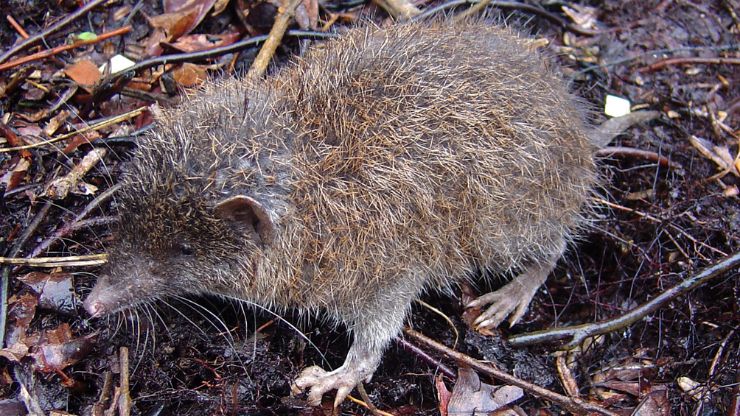In recent years, the world of biology has been electrified by the discovery of numerous new animal species, each unveiling a unique tapestry of biodiversity previously unknown to science. These newfound creatures captivate not only researchers but also the public, igniting curiosity about the depths of our planet’s ecosystems and the mysteries they hold. The exploration leading to these discoveries underscores the essential role of scientific inquiry in unraveling nature’s complexities. Moreover, these findings emphasize the urgency of preserving habitats and conducting further exploration to safeguard our planet’s rich biological heritage. From the depths of the oceans to the heights of remote mountain ranges, these new species remind us of the vastness of our world and the countless wonders awaiting discovery. As we delve deeper into uncharted territories and employ cutting-edge technologies, the potential for more astonishing discoveries remains boundless, promising to reshape our understanding of life on Earth and underscore the imperative of conservation efforts for the generations to come.
Table of Contents
ToggleNewly Discovered Animals
Hipposideros kingstonae
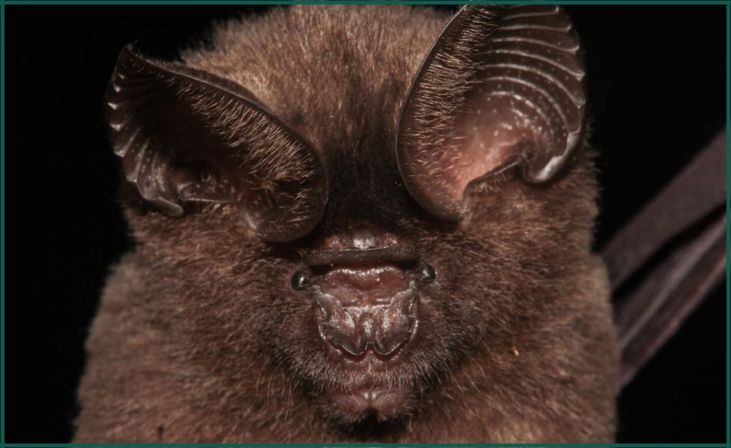
Meet this cute face! It’s from a new type of bat, part of a big family of about 70 types called roundleaf bats. They’re called that because of their noses, which are kind of circular. This bat, H. kingstonae, is special because its nose-leaf and the sounds it makes are different from its cousins. We found this bat while looking for bats in rainforests in Thailand and Malaysia. We also found some in Borneo, but they were probably mistaken for a similar, more common bat. This bat’s name is in honor of Tigga Kingston, who studies bats at Texas Tech University. Tigga founded a group that helps protect bats in Southeast Asia and even caught some of the first H. kingstonae bats..
Also, Read – 8 Animals You Should Not Keep As Pets
DiCaprio’s snail-eating snake (Sibon irmelindicaprioae),
Panama and Colombia
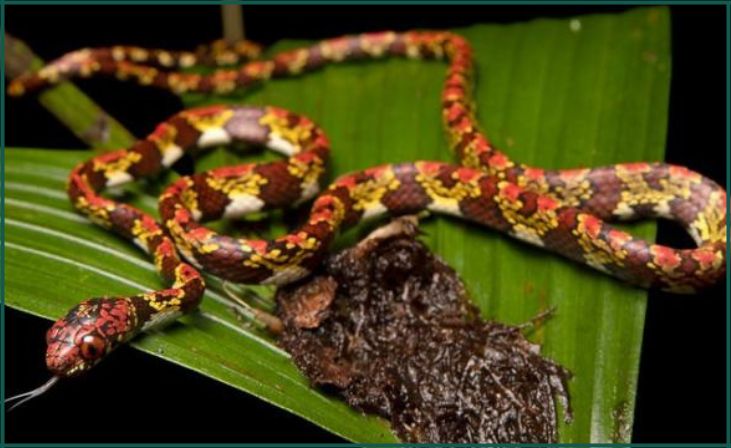
Scientists found a new kind of snake that lives in trees and eats snails. They named it DiCaprio’s snail-eating snake. This snake is one of five new species of snail-eating snakes discovered. The scientists say that this snake is at risk of becoming endangered because some of the places where it lives are being changed by humans. But for now, it’s not in immediate danger. The snake lives in Panama and Colombia, and it’s been seen in 16 different areas. There’s one group of these snakes living in the mountains of Colombia, and they might be a bit different from the others. Scientists think they might actually be a separate species when they study them more. They named this snake after Leonardo DiCaprio’s mom, Irmelin DiCaprio, because he’s passionate about protecting the environment, and they wanted to honor her for that.
Stream treefrog (Hyloscirtus tolkieni), Ecuador
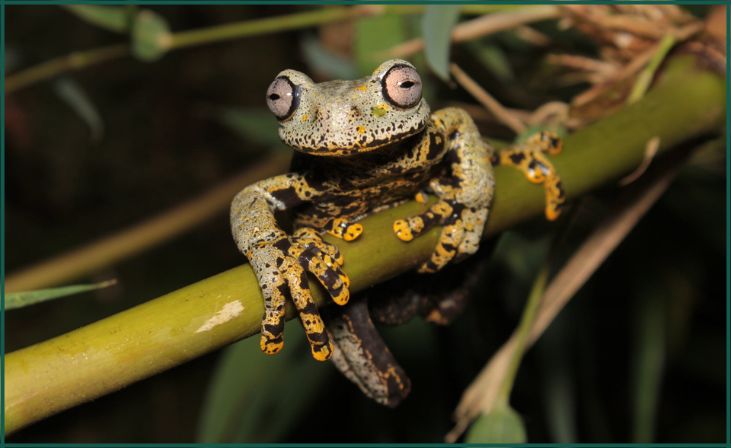
Only one little froggy, called Hyloscirtus tolkieni, was found and caught, even though scientists looked really hard for more during their first search. But even though there was only one, the scientists could still say it was a whole new kind of frog. It looked different enough from other frogs in the same group, called the Hyloscirtus genus. This special frog was only found in one place – the southern eastern slopes of a big mountain range called the Cordillera Oriental, in a park in Ecuador called Río Negro-Sopladora National Park. These types of frogs like to hang out near streams, where they make babies. That’s why people call them stream treefrogs. This new froggy got its name, “tolkieni,” as a nod to J.R.R. Tolkien, the famous author of books like The Hobbit and The Lord of the Rings. Scientists think the colors of this froggy are so cool, they remind them of magical creatures from fantasy stories.
Bent-toed gecko (Cyrtodactylus santana), Democratic Republic of Timor-Leste
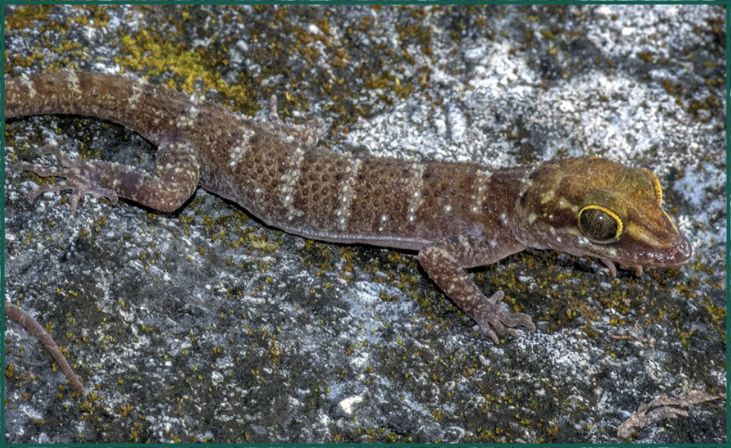
In Timor-Leste, a new kind of gecko was discovered by scientists. Timor-Leste is a young country in Southeast Asia. The gecko was found on the eastern part of the island of Timor. It’s the first time scientists have found this type of gecko there. Scientists first spotted the gecko in a cave called Lene Hara during the day. But it was too quick for them to catch. So they came back at night when geckos are more active. They caught ten of them and checked their genes and appearance. Turns out, it’s a new species that hasn’t been described before. Before this, scientists knew there were geckos like this in Timor-Leste, but they didn’t study them in detail. Timor-Leste didn’t have much research done on its plants and animals before because of past violence and trouble. But now, scientists think there might be more new species waiting to be found. Besides the geckos, the scientists also found some plants and crabs that haven’t been identified yet. They’re studying them to see if they’re new species too.
Don't just scroll, subscribe!
BuzzTrail's unique web-stories are the cure for boredom you've been waiting for.
Also, Read – The Top 8 Most Popular Cat Breeds
Gymnures (Podogymnura intermedia and P. minima), Philippines

P. intermedia is a small mammal that looks like a shrew and is called a gymnure or hairy hedgehog. It’s related to hedgehogs but isn’t exactly the same. This creature was found in the Philippines during a study in the mountains of eastern Mindanao. The Philippines is special because each isolated mountain has animals that are found only there, not even on nearby mountains. This little mammal is in a group called the Podogymnura genus, and it’s kind of in between in size compared to other members of its group. Its name, “intermedia,” comes from Latin, meaning “intermediate,” because it’s not the biggest or smallest in its group.
Gekko mizoramensis
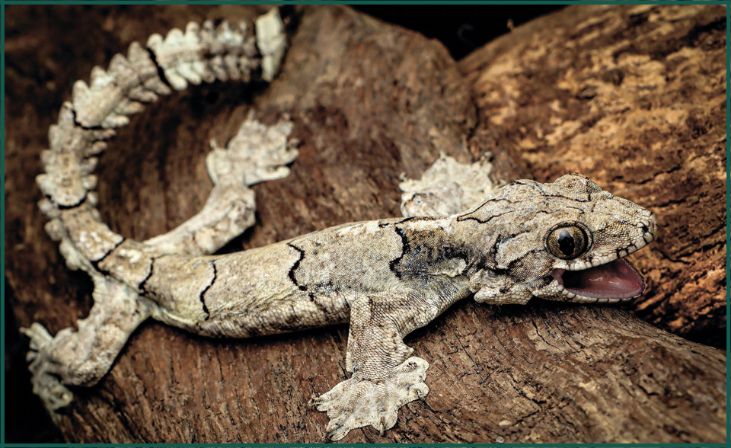
Parachute geckos are lizards that come out at night and live in trees. They have extra skin flaps on their head, body, legs, and tail. These flaps help them hide from predators by covering their body and also let them glide between trees like parachutes. Before this, scientists knew about 13 kinds of parachute geckos, all from Asia. But now, they found a new one in north-east India and Bangladesh. These geckos like to live in trees near where people live. The new gecko is named after a state in north-east India called Mizoram, where scientists found it. They suggest calling it the Mizoram parachute gecko in English.
Capropodocerus kamaitachi
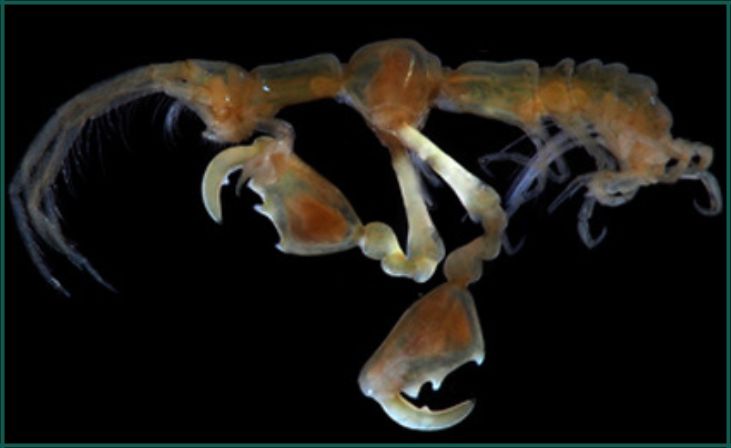
This tiny creature is called a kamaitachi. It’s a type of small sea creature that’s only 5.4 millimeters long. You might think of it as a distant cousin to sandhoppers. It has two big claw-like parts called gnathopods. These help it grab onto food and mates. People found it in the ocean near Japan, about 850 meters deep. It’s so unique that scientists gave it a new name, Capropodocerus kamaitachi. The name comes from two different types of similar creatures, and also from a Japanese ghost story about a weasel with a sharp blade.
Conclusion
In conclusion, the discovery of these new animal species underscores the importance of ongoing exploration and conservation efforts. As we continue to unveil the mysteries of our planet’s ecosystems, it becomes increasingly evident that protecting biodiversity is essential for the health of our planet and future generations. By fostering scientific inquiry and prioritizing habitat preservation, we can ensure that these newly discovered species thrive in their natural environments, enriching our understanding of the natural world and inspiring stewardship of our precious ecosystems.
FAQs
How were these animals discovered?
How were these animals discovered?
Each of these animals was discovered through various methods, including scientific expeditions, biodiversity surveys, and advancements in technology such as DNA analysis and remote sensing.
What makes these animals unique?
What makes these animals unique?
These animals possess distinct characteristics not found in previously known species. They may exhibit unique physical features, behaviors, or genetic traits that set them apart.

